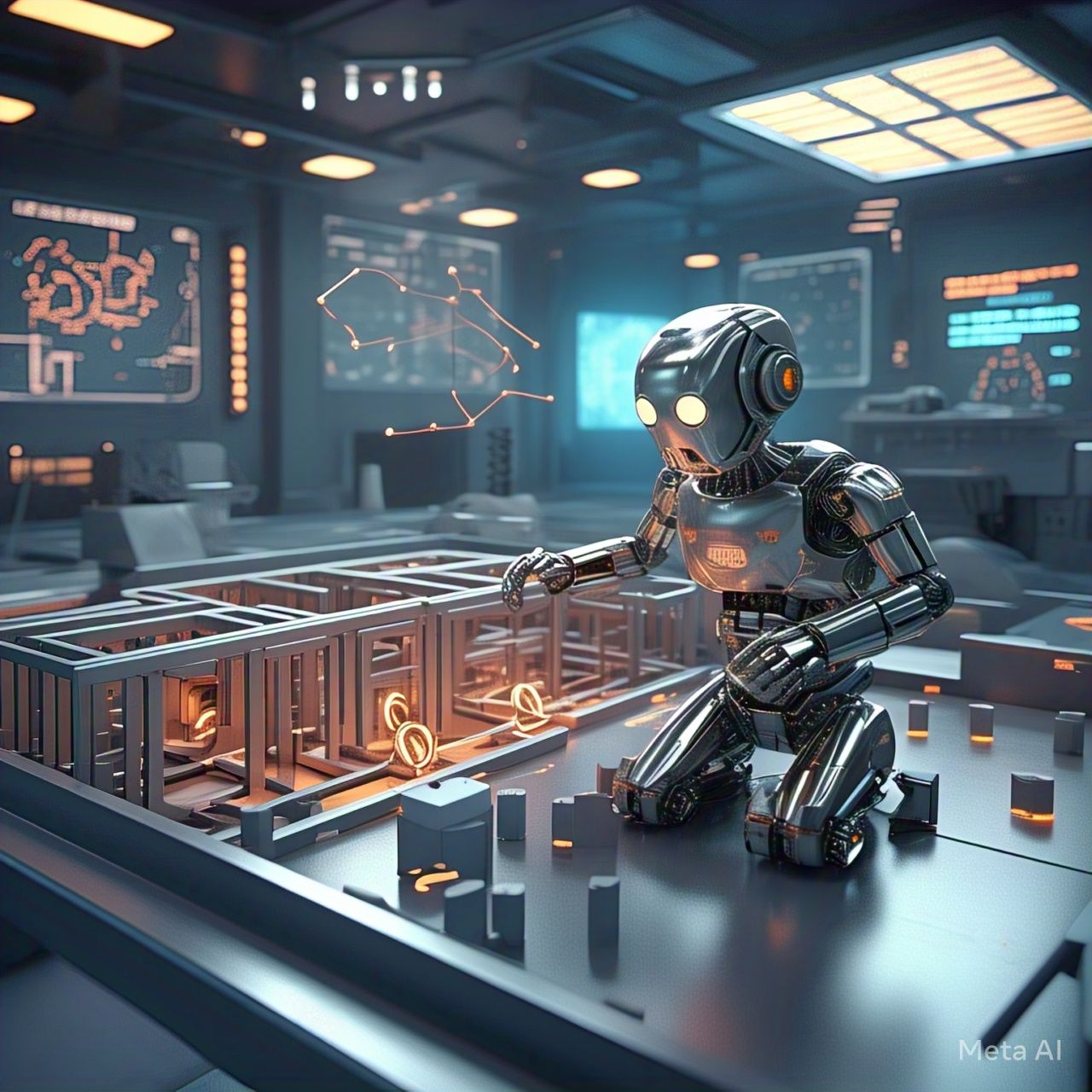Introduction
Artificial Intelligence (AI) is transforming architectural design, revolutionizing how buildings are conceived, planned, and constructed. From generating innovative designs to optimizing construction processes, AI enhances efficiency, sustainability, and creativity in architecture. By integrating AI-driven tools, architects can streamline workflows, reduce errors, and bring visionary concepts to life with greater precision. This article explores how AI is reshaping architectural design, from initial sketches to completed structures.
The Role of AI in Architectural Design
1. Automated Design Generation
AI-powered design software enables architects to create complex structures with ease. Machine learning algorithms analyze historical data and generate innovative design alternatives based on predefined parameters like aesthetics, functionality, and sustainability.
Key Benefits:
- Faster design iteration and optimization.
- Data-driven insights for more functional and aesthetically pleasing structures.
- Reduction in manual drafting time.
2. Generative Design and Parametric Modeling
Generative design uses AI algorithms to explore countless design possibilities within given constraints. Architects input parameters such as spatial requirements, materials, and budget, and AI generates optimized designs that balance functionality and aesthetics.
Key Benefits:
- Exploration of creative and unconventional design solutions.
- Improved efficiency in material usage and structural integrity.
- Enhanced ability to meet sustainability goals.
3. AI in Sustainability and Energy Efficiency
AI-driven simulations help architects create eco-friendly buildings by analyzing factors like sunlight exposure, ventilation, and energy consumption. AI can predict a building’s environmental impact and suggest design modifications for improved sustainability.
Key Benefits:
- Reduced carbon footprint through optimized energy usage.
- Enhanced natural lighting and ventilation strategies.
- Smarter material selection to minimize waste and costs.
4. AI-Powered Construction Planning
AI optimizes construction schedules, reduces project delays, and improves cost estimation. Machine learning algorithms assess potential risks and recommend solutions before construction begins, ensuring efficiency and safety.
Key Benefits:
- Improved project timelines and reduced costs.
- Early detection of structural issues and design flaws.
- Safer construction sites through predictive risk assessment.
5. Augmented Reality (AR) and Virtual Reality (VR) in AI-Driven Architecture
AI integrates with AR and VR to provide immersive design experiences. Architects and clients can visualize and interact with 3D building models, making real-time design modifications and enhancing collaboration.
Key Benefits:
- Improved client communication and decision-making.
- Early detection of design inconsistencies before construction.
- Enhanced user experience and spatial planning.
The Future of AI in Architecture
AI continues to push the boundaries of architectural design, enabling smarter, more efficient, and sustainable buildings. As AI-powered tools become more advanced, architects will have greater creative freedom, improved workflow automation, and enhanced decision-making capabilities.
Conclusion
AI is revolutionizing architectural design, transforming concepts into reality with unprecedented precision and efficiency. From automated design generation to sustainable building optimization, AI-driven solutions are reshaping the future of architecture. As the technology evolves, architects who embrace AI will unlock new possibilities, pushing the limits of design and innovation in the built environment.




